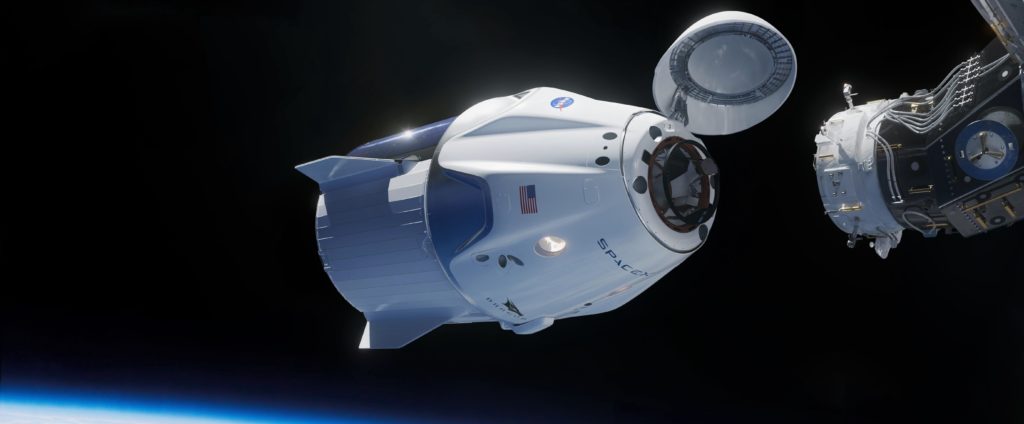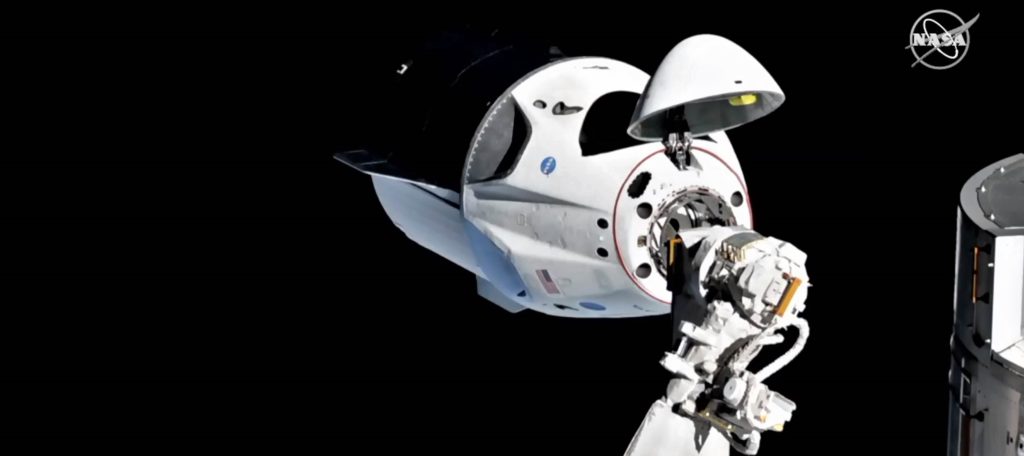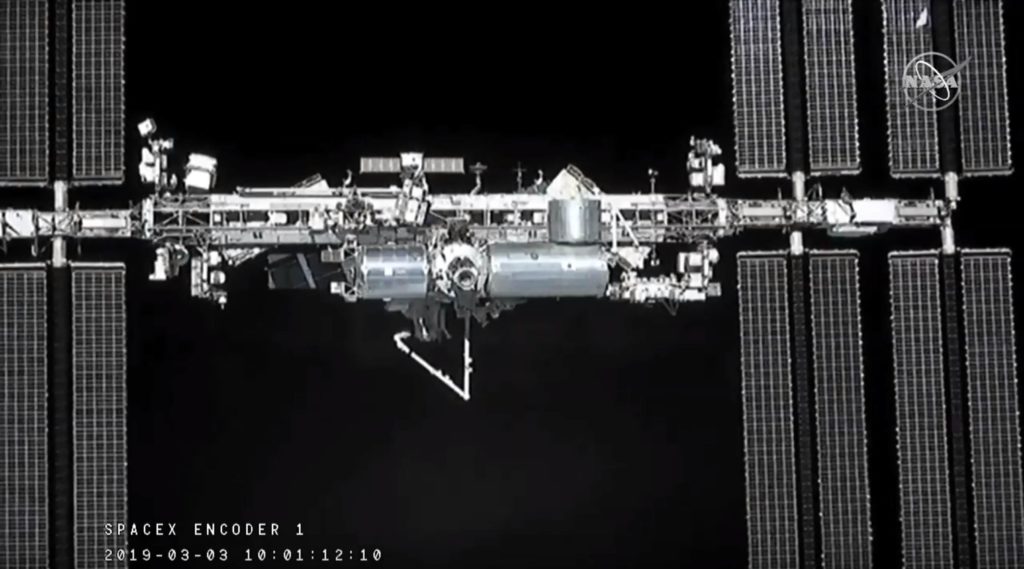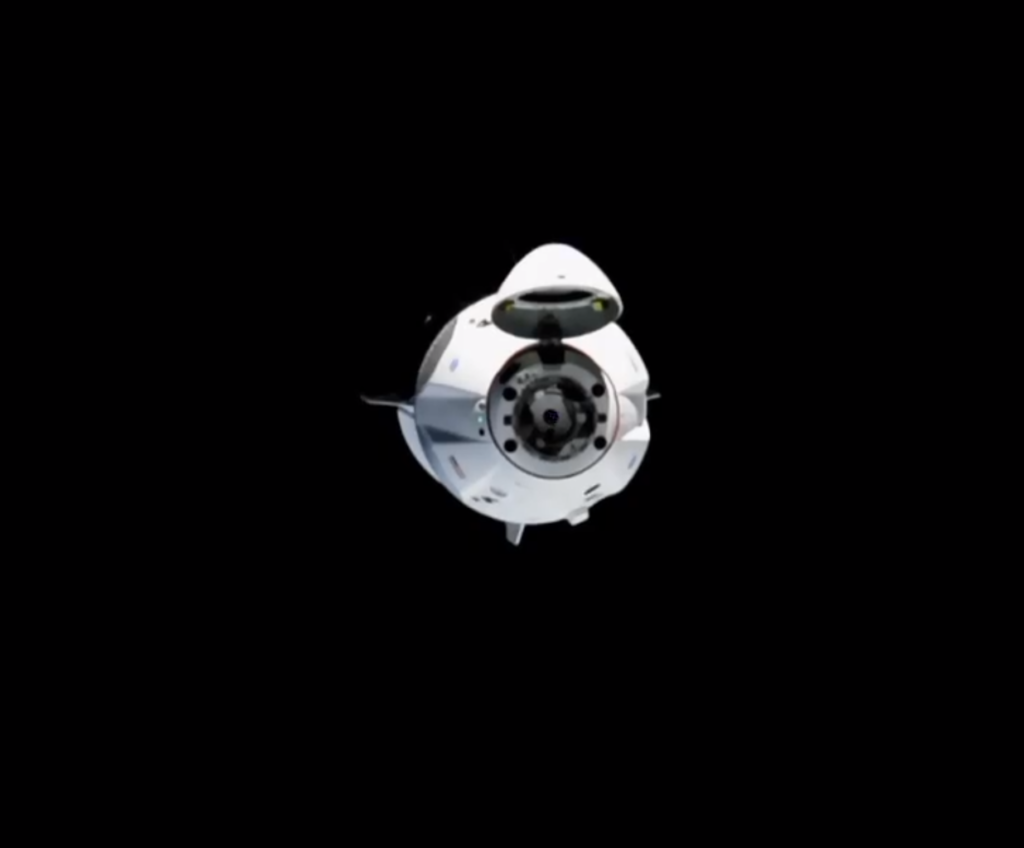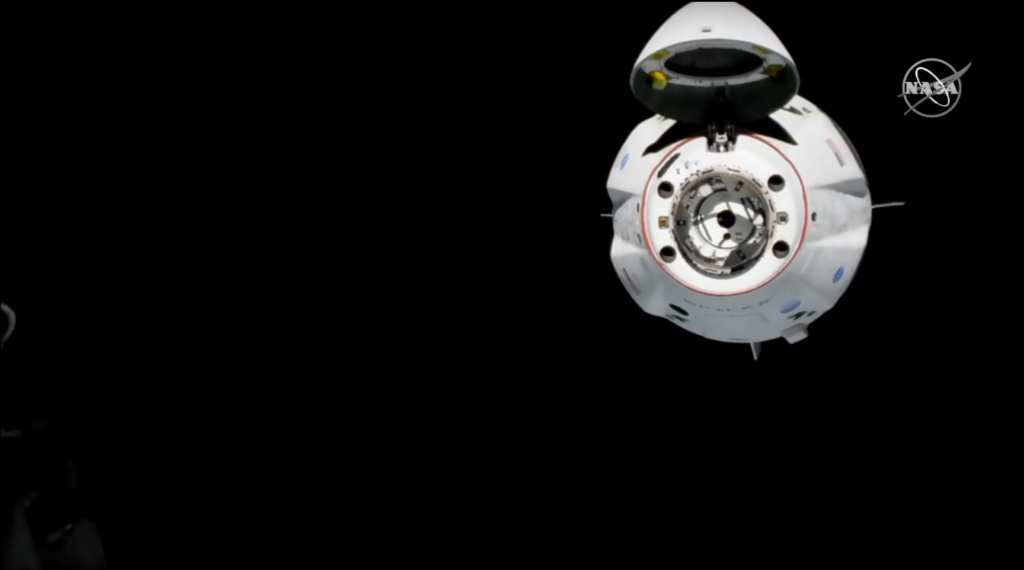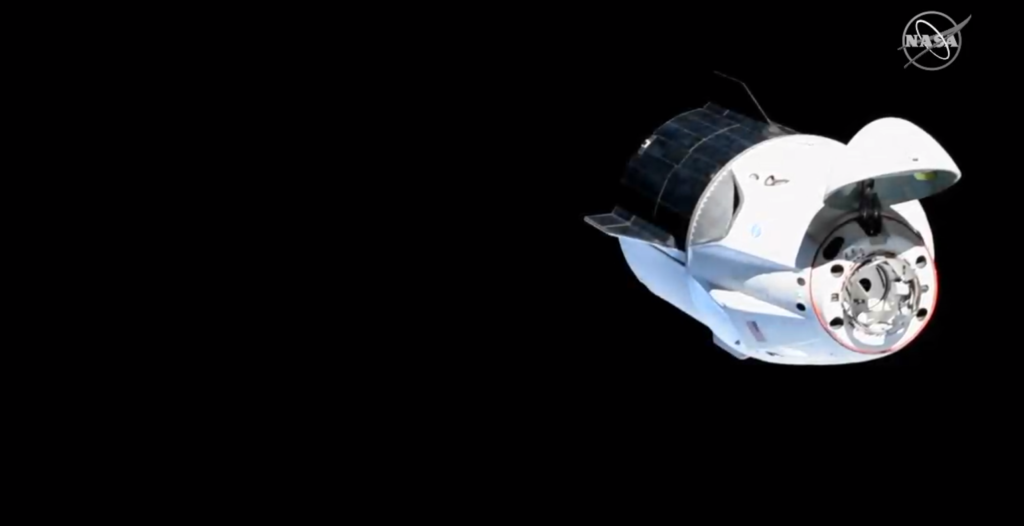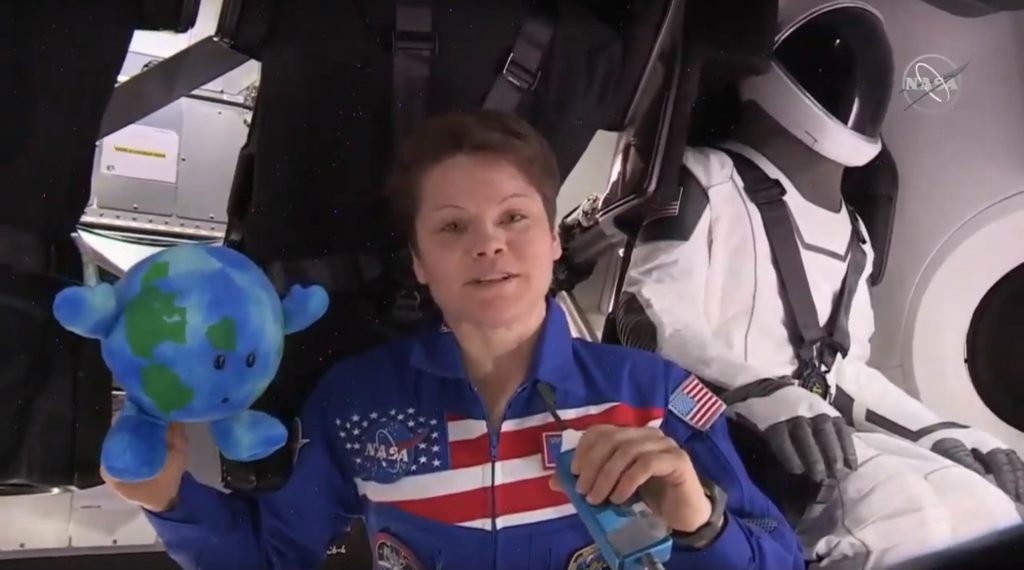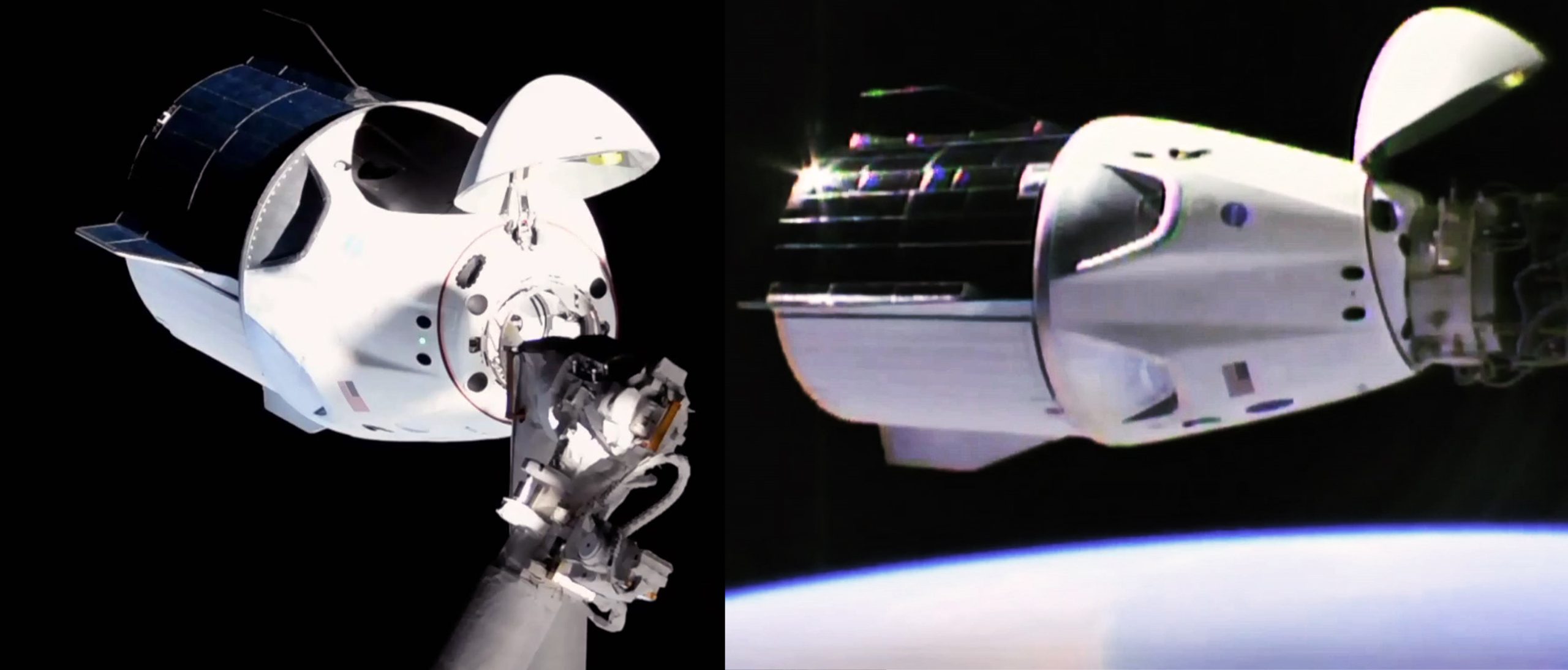
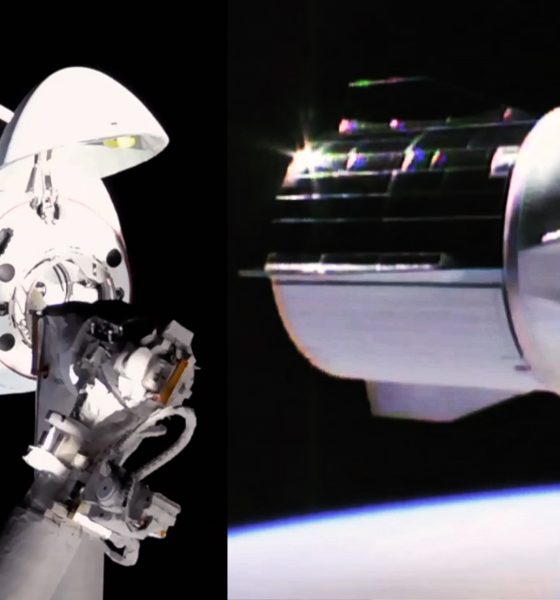
SpaceX
SpaceX’s Crew Dragon flawlessly docks with space station in spectacular orbital debut
Nearly half a decade and millions of hours of work have finally paid off after SpaceX’s Crew Dragon pulled off a flawless orbital debut, launching atop the first crew-rated Falcon 9 and docking with the International Space Station (ISS) a little over 24 hours later.
For what CEO Elon Musk described as a spacecraft with barely a part shared with the company’s already operational Cargo Dragon, such an unremarkable (in terms of surprises) launch debut is a massive achievement that speaks directly to the success of the NASA-SpaceX partnership and the exhaustive design, testing, and optimization directed at Crew Dragon. Having now completed two major trials – launch and docking – for DM-1, the spacecraft’s third and final hurdle will occur on March 8th when it attempts to safely return to Earth.
SpaceX team in Hawthorne control, Dragon docked to Station above pic.twitter.com/JUWkOrWjsH
— Elon Musk (@elonmusk) March 3, 2019
Beginning around 3:30 am and lasting til 10:45 am EST (08:30-15:45 UTC), SpaceX and NASA employees hosted live coverage of Crew Dragon’s inaugural visit to the International Space Station (ISS), a process that included multiple demonstrations of the spacecraft’s ability to approach, halt, and reverse. Almost ten minutes ahead of schedule, Crew Dragon successfully docked with the ISS in a first for SpaceX, having previously only conducted berthings with its Cargo Dragon vehicle.
- From render…
- to reality. (SpaceX/NASA)
Having also debuted a previously untested docking adapter (the International Docking Adapter, IDA), the Station’s three astronauts worked to open Dragon’s hatch, a task which they completed an hour or two after “capture”. This was rapidly followed by the astronauts entering SpaceX’s Crew Dragon, another historic first for the crew-rated spacecraft. They were greeted by Ripley (also known as Starwoman) and what Anne McClain described as small Earth, the stuffed globe that was included partially as a joke and a “super high tech zero-g indicator” according to Musk. After determining that Crew Dragon’s atmosphere was non-toxic, the astronauts removed breathing masks and returned to the capsule’s interior to formally welcome it to the ISS as the world’s newest orbital spacecraft, as well as the first commercially-developed vehicle meant to carry humans into orbit.
The dawn of a new era in human spaceflight pic.twitter.com/BHsfg1zYLN
— COL Anne McClain (@AstroAnnimal) March 3, 2019
While it may be unintuitive, the two dozen or so relatively slow and quiet hours that followed Crew Dragon’s launch were and remain far more important, and the spacecraft’s flawless on-orbit performance has thus far retired a huge number of concerns front and center for the first true launch of any spacecraft, let alone one designed specifically to carry astronauts and keep them safe. Thus far, Crew Dragon has done exactly that, approaching the ISS and docking with nary a hiccup, as if the rendezvous was the umpteenth and nothing out of the ordinary.
Technical achievements aside, the live coverage of Crew Dragon’s patient approach was perhaps some of the most spectacular and emotionally compelling content yet provided by SpaceX and NASA. At one point, as orbital sunset neared, a NASA ground controller requested that the spacecraft’s onboard spotlight be enabled to continue the docking approach, to which the SpaceX engineer hosting the webcast remarked on just how incredible and surreal it was to watch Crew Dragon methodically approach the station from less than 100 feet away. In fact, he had apparently spent “months” with that very same LED spotlight array on his desk, working to build, qualify, and test it to ensure that the light system was ready for spaceflight, just one of hundreds or thousands of seemingly minute details that one or several employees spent major portions of their lives working on.
- A live view of the ISS from cameras aboard Crew Dragon. (NASA/SpaceX)
- (NASA)
- (NASA)
- A better view of the solar array half of Crew Dragon’s trunk section. (NASA)
- (NASA)
- (NASA)
Come launch and on-orbit operations, SpaceX and NASA employees across the US hung on this mission’s every step with a singular nervousness, focus, and pride that easily beat even the buzz that surrounded Falcon Heavy’s iconic launch debut. Humanity as a whole may have paid significantly less attention to Crew Dragon’s launch debut, but almost every SpaceX employee appeared readily cognizant of the fact that this mission symbolized something radically more important and more fundamental to the company. Founded to ultimately help humanity take permanent steps beyond Earth orbit, Crew Dragon’s thus far flawless debut brings SpaceX as close as its ever been to shouldering the heavy responsibility of launching humans into space, be they NASA astronauts, paying tourists, or Martian hopefuls.
If all continues to proceed apace, DM-1 will conclude with Crew Dragon’s first orbital-velocity reentry on March 8th. Pending that capsules refurbishment and an equally bug-free in-flight abort test NET April to June, SpaceX and NASA could conduct the first crewed launch of Crew Dragon less than six months from now in July 2019. Much work lies ahead and delays are undeniably possible (if not probably), but – as they say – so far, so good.
Check out Teslarati’s newsletters for prompt updates, on-the-ground perspectives, and unique glimpses of SpaceX’s rocket launch and recovery processes!

News
Tesla hints at Starlink integration with recent patent
“By employing polymer blends, some examples enable RF transmission from all the modules to satellites and other communication devices both inside and outside the vehicle.”

Tesla hinted at a potential Starlink internet terminal integration within its vehicles in a recent patent, which describes a vehicle roof assembly with integrated radio frequency (RF) transparency.
The patent, which is Pub. No U.S. 2025/0368267 describes a new vehicle roof that is made of RF-transparent polymer materials, allowing and “facilitating clear communication with external devices and satellites.”
Tesla believes that a new vehicle roof design, comprised of different materials than the standard metallic or glass elements used in cars today, would allow the company to integrate modern vehicular technologies, “particularly those requiring radio frequency transmission and reception.
Tesla has recently filed a US patent application on integrating RF transparent materials into the roof structure.
“facilitating clear communication with external devices and satellites”
Tesla fleet is getting @Starlink connectivity integration soon. LFG @Tesla @elonmusk… pic.twitter.com/bLa8YtPLd1
— Chansoo Byeon (@Chansoo) December 9, 2025
Instead of glass or metallic materials, Tesla says vehicles may benefit from high-strength polymer blends, such as Polycarbonate, Acrylonitrile Butadiene Styrene, or Acrylonitrile Styrene Acrylate.
These materials still provide ideal strength metrics for crashworthiness, stiffness for noise, vibration, and harshness control, and are compliant with head impact regulations.
They would also enable better performance with modern technologies, like internet terminals, which need an uninterrupted signal to satellites for maximum reception. Tesla writes in the patent:
“By employing polymer blends, some examples enable RF transmission from all the modules to satellites and other communication devices both inside and outside the vehicle.”

One of the challenges Tesla seems to be aware of with this type of roof design is the fact that it will still have to enable safety and keep that at the forefront of the design. As you can see in the illustration above, Tesla plans to use four layers to increase safety and rigidity, while also combating noise and vibration.
It notes in the patent that disclosed examples still meet the safety requirements outlined in the Federal Motor Vehicle Safety Standards (FMVSS).
Starlink integrated directly into Tesla vehicles would be a considerable advantage for owners. It would come with a handful of distinct advantages.
Initially, the inclusion of Starlink would completely eliminate cellular dead zones, something that is an issue, especially in rural areas. Starlink would provide connectivity in these remote regions and would ensure uninterrupted service during road trips and off-grid adventures.
It could also be a critical addition for Robotaxi, as it is crucial to have solid and reliable connectivity for remote monitoring and fleet management.
Starlink’s growing constellation, thanks to SpaceX’s routine and frequent launch schedule, will provide secure, stable, and reliable internet connectivity for Tesla vehicles.
Although many owners have already mounted Starlink Mini dishes under their glass roofs for a similar experience, it may be integrated directly into Teslas in the coming years, either as an upgrade or a standard feature.
Investor's Corner
SpaceX IPO is coming, CEO Elon Musk confirms
However, it appears Musk is ready for SpaceX to go public, as Ars Technica Senior Space Editor Eric Berger wrote an op-ed that indicated he thought SpaceX would go public soon. Musk replied, basically confirming it.

Elon Musk confirmed through a post on X that a SpaceX initial public offering (IPO) is on the way after hinting at it several times earlier this year.
It also comes one day after Bloomberg reported that SpaceX was aiming for a valuation of $1.5 trillion, adding that it wanted to raise $30 billion.
Musk has been transparent for most of the year that he wanted to try to figure out a way to get Tesla shareholders to invest in SpaceX, giving them access to the stock.
He has also recognized the issues of having a public stock, like litigation exposure, quarterly reporting pressures, and other inconveniences.
However, it appears Musk is ready for SpaceX to go public, as Ars Technica Senior Space Editor Eric Berger wrote an op-ed that indicated he thought SpaceX would go public soon.
Musk replied, basically confirming it:
As usual, Eric is accurate
— Elon Musk (@elonmusk) December 10, 2025
Berger believes the IPO would help support the need for $30 billion or more in capital needed to fund AI integration projects, such as space-based data centers and lunar satellite factories. Musk confirmed recently that SpaceX “will be doing” data centers in orbit.
AI appears to be a “key part” of SpaceX getting to Musk, Berger also wrote. When writing about whether or not Optimus is a viable project and product for the company, he says that none of that matters. Musk thinks it is, and that’s all that matters.
It seems like Musk has certainly mulled something this big for a very long time, and the idea of taking SpaceX public is not just likely; it is necessary for the company to get to Mars.
The details of when SpaceX will finally hit that public status are not known. Many of the reports that came out over the past few days indicate it would happen in 2026, so sooner rather than later.
But there are a lot of things on Musk’s plate early next year, especially with Cybercab production, the potential launch of Unsupervised Full Self-Driving, and the Roadster unveiling, all planned for Q1.
News
SpaceX reportedly mulling IPO, eyeing largest of all time: report
“I do want to try to figure out some way for Tesla shareholders to participate in SpaceX. I’ve been giving a lot of thought to how to give people access to SpaceX stock,” Musk said.
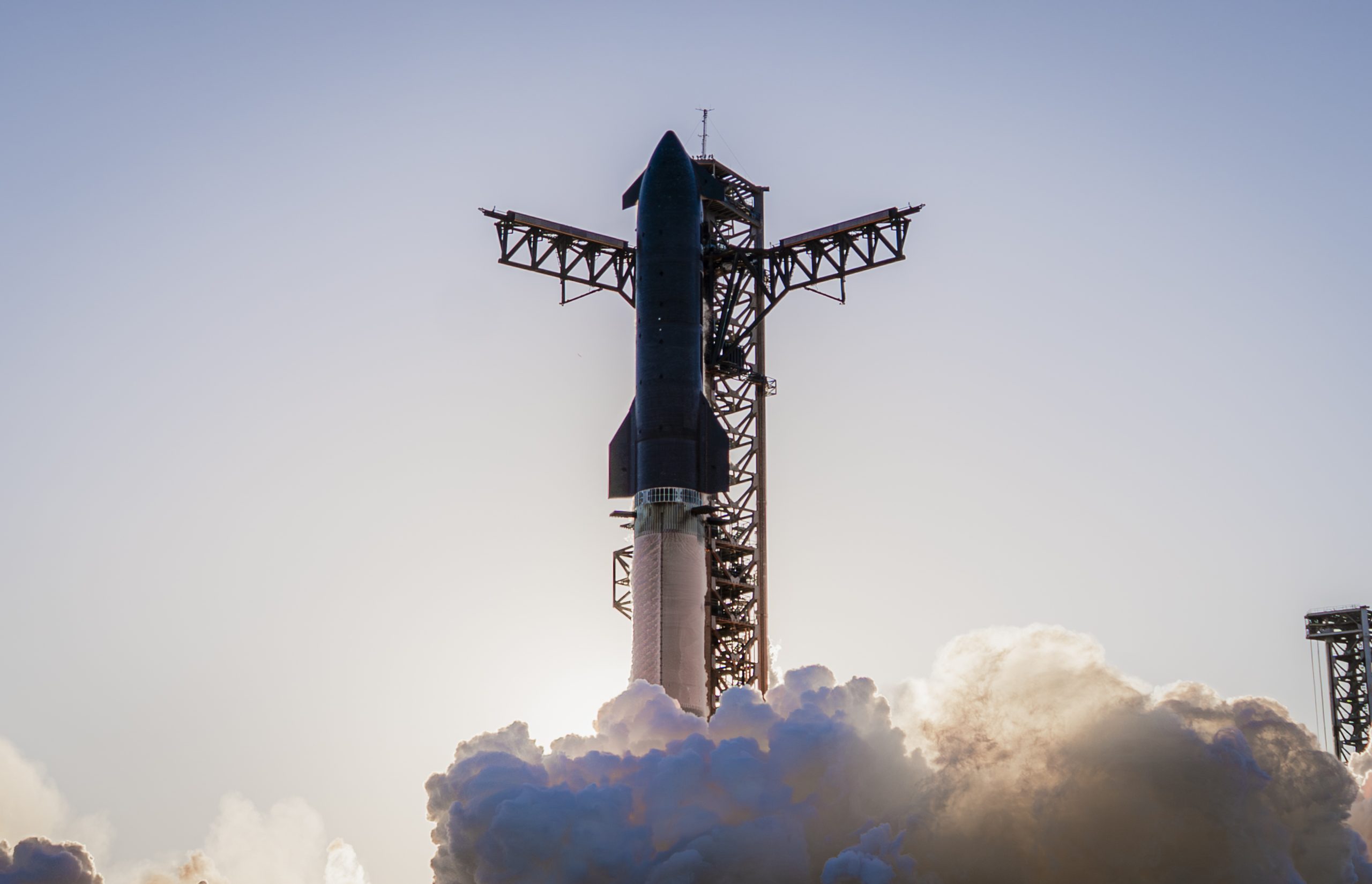
SpaceX is reportedly mulling an initial public offering, eyeing what would be the largest valuation at the time of availability of all time, a new report from Bloomberg said on Tuesday.
It is one of many reports involving one of Elon Musk’s companies and a massive market move, as this is not the first time we have seen reports of an IPO by SpaceX. Musk himself has also dispelled other reports in the past of a similar nature, including an xAI funding round.
SpaceX and Musk have yet to comment on the report. In the past, untrue reports were promptly replied to by the CEO; this has not yet gained any response, which is a good sign in terms of credibility.
However, he said just a few days ago that stories of this nature are inaccurate:
“There has been a lot of press claiming SpaceX is raising money at $800B, which is not accurate. SpaceX has been cash flow positive for many years and does periodic stock buybacks twice a year to provide liquidity for employees and investors. Valuation increments are a function of progress with Starship and Starlink and securing global direct-to-cell spectrum that greatly increases our addressable market. And one other thing that is arguably most significant by far.”
There has been a lot of press claiming @SpaceX is raising money at $800B, which is not accurate.
SpaceX has been cash flow positive for many years and does periodic stock buybacks twice a year to provide liquidity for employees and investors.
Valuation increments are a…
— Elon Musk (@elonmusk) December 6, 2025
Musk has discussed a potential IPO for SpaceX in recent months, as the November 6 shareholder meeting, as he commented on the “downsides” of having a public company, like litigation exposure, quarterly reporting pressures, and other inconveniences.
Nevertheless, Musk has also said he wants there to be a way for Tesla shareholders to get in on the action. At the meeting in early November, he said:
“I do want to try to figure out some way for Tesla shareholders to participate in SpaceX. I’ve been giving a lot of thought to how to give people access to SpaceX stock.”
Additionally, he added:
“Maybe at some point., SpaceX should become a public company despite all the downsides of being public.”
Musk has been historically reluctant to take SpaceX public, at times stating it could become a barrier to colonizing Mars. That does not mean it will not happen.
Bloomberg’s report cites multiple unidentified sources who are familiar with the matter. They indicate to the publication that SpaceX wants to go public in mid-to-late 2026, and it wants to raise $30 billion at a valuation of around $1.5 trillion.
This is not the first time SpaceX has discussed an IPO; we reported on it nine years ago. We hope it is true, as the community has spoken for a long time about having access to SpaceX stock. Legendary investor Ron Baron is one of the lucky few to be a SpaceX investor, and said it, along with Tesla, is a “lifetime investment.”
Tesla bull Ron Baron reveals $100M SpaceX investment, sees 3-5x return on TSLA
The primary driver of SpaceX’s value is Starlink, the company’s satellite internet service. Starlink contributes 60-70 percent of SpaceX’s revenue, meaning it is the primary value engine. Launch services, like Falcon 9 contracts, and the development of Starship, also play supporting roles.
